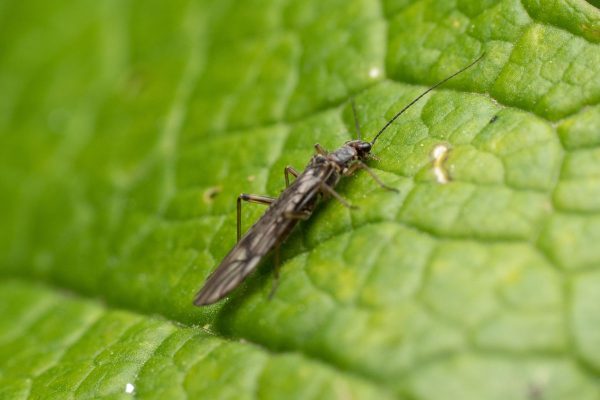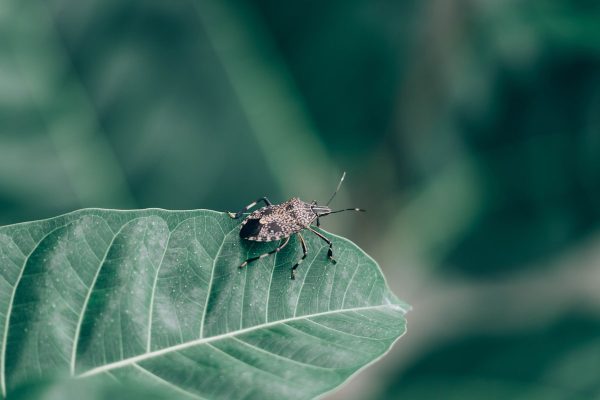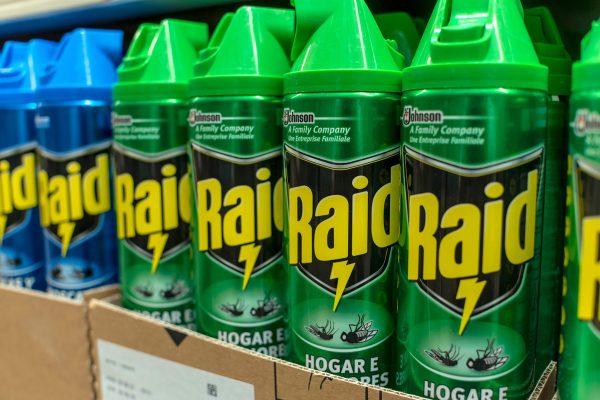Ladybugs are the most common bugs of all. Some people can get excited seeing one outdoors. However, seeing ladybugs inside our home is a different story. Do you have any idea how ladybugs enter your home? If you don't, leave it to us. We thoroughly researched the answer to your question.
Ladybugs can enter through basements, drainage pipes, windows, and doors. And that is the reason why you frequently see ladybugs in the corners of your room or close to the windows. Moreover, they can also enter on your houseplants.
If you find ladybugs annoying every time you see one inside your home, it would be best to know how they do that for you to find out how to solve this particular issue. And to do so, we suggest you keep reading. Reading further might also help to answer some of your additional questions.
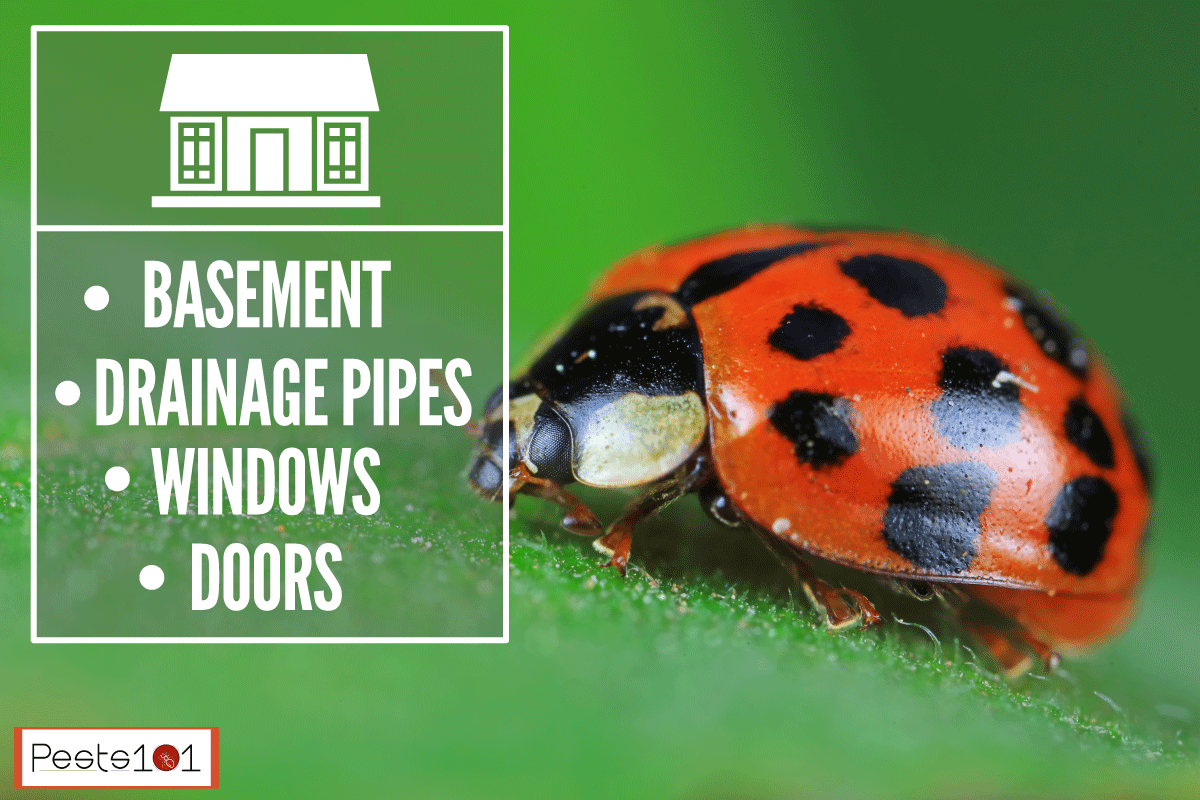
How And Why Ladybugs Get Inside My House?
Ladybugs love to stay on tree trunks and large rocks. And since they like the warmth and protection of your home, they mostly try to get inside for nesting. As mentioned above, they can enter through doors, basements, windows, and drainage pipes, among other places.
Ladybugs can also enter the house on houseplants, particularly those moved from the porch to the living room before the winter. Once inside, they can lure the remainder of the colony with chemical secretions.
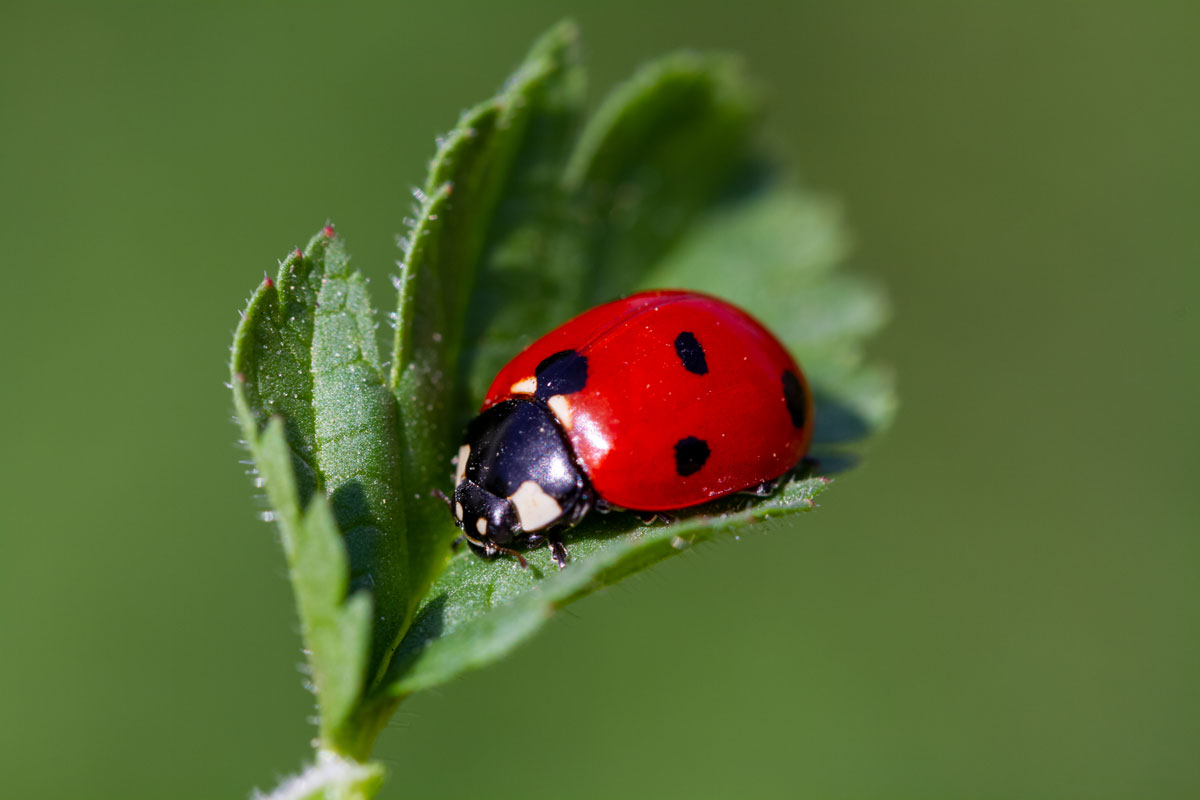
How do you keep ladybugs out of your house?
Ladybugs prefer openings, such as window and door seals. However, there is also a possibility that ladybugs access your home through exposed surfaces like your crawlspace, false ceilings, and attic.
And to keep ladybugs out of your home, it would be best to do the following:
- Examine your home to see if there are holes, cracks, and other places where ladybugs could hide. We highly recommend sealing any holes or cracks you detect.
- Make sure to seal all the frames of your windows and doors properly.
- Install door sweeps beneath your doors, including the door in your garage, to fill gaps.
- It would be best to fix any tears or holes in your window screens.
- Before bringing indoor plants, thoroughly inspect them for ladybugs.
- It will help remove the siding around your windows and seal them from the outside if you have the time and extra funds.
What To Know About Ladybugs?
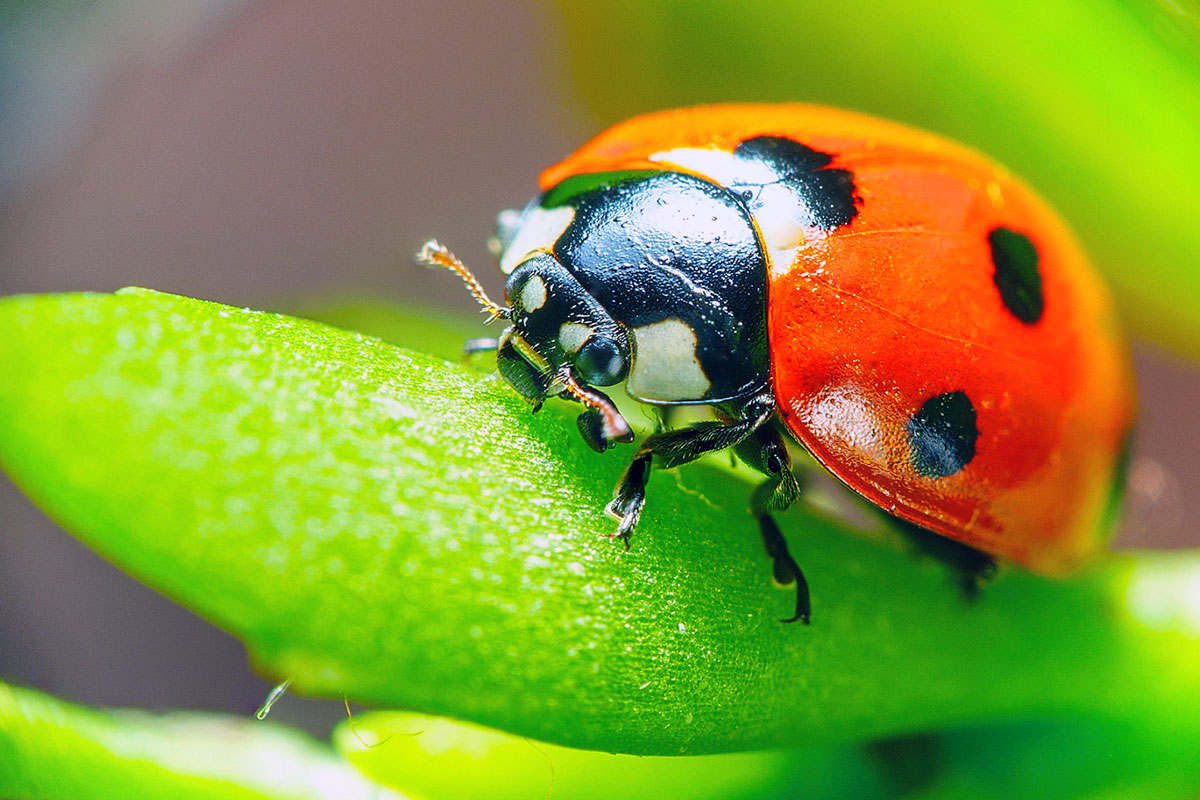
A lone ladybug is uncommon in your house or yard, but it's always a pleasant surprise when you do spot one. In actuality, that tiny insect is probably on its way from a nearby colony where hundreds of ladybugs hatch and gather.
Are Ladybugs Dangerous?
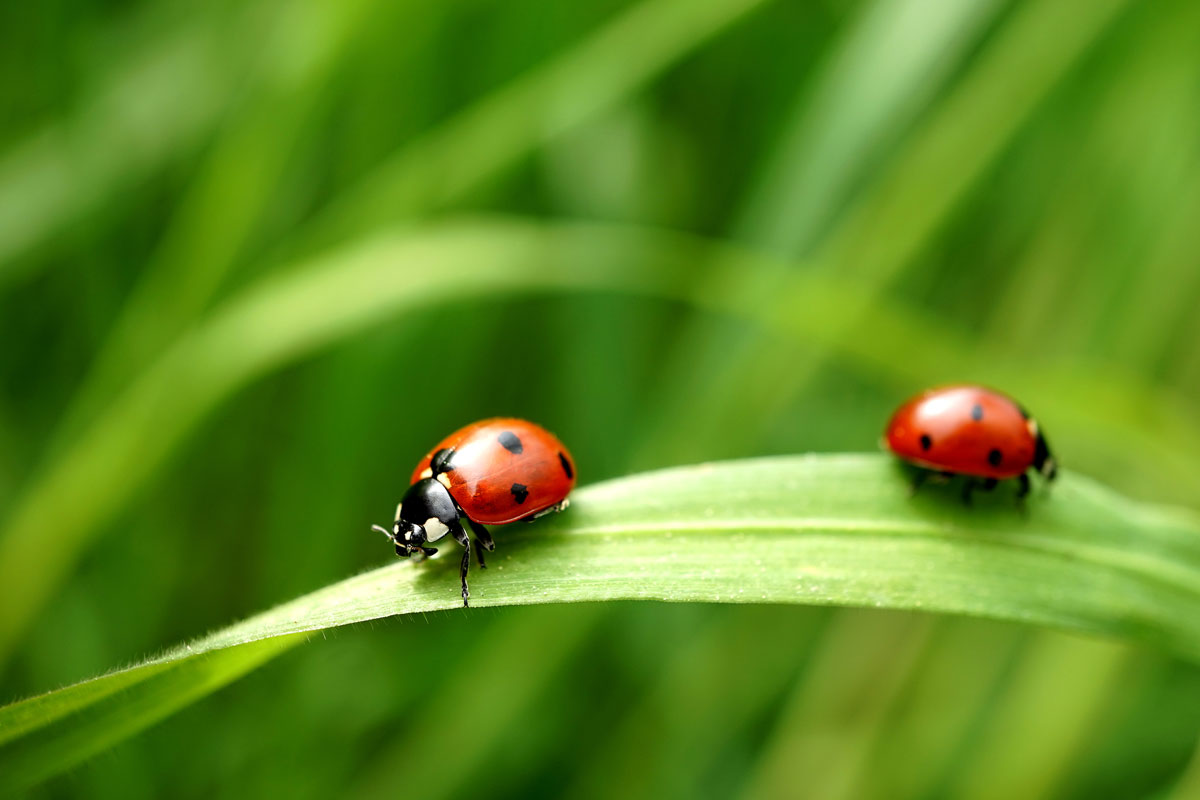
When frightened or stressed, ladybugs can discharge a toxic, odorous fluid from their joints. This odor, together with their brightly patterned wings, serves to keep predators away.
Ladybugs are persistent pests that can become a problem if they get inside your home's windows and walls in significant numbers. Their secretions can sometimes discolor walls, rugs, and furniture.
Furthermore, some people are sensitive to an Asian ladybug species that has been brought into the United States, and an infestation might cause hay fever or skin problems.
Even if a ladybug infestation is uncomfortable, keep in mind that these bugs are pretty helpful in the garden. Ladybugs are natural pest controllers that eat aphids and other insects that wreak havoc on your precious vegetables and flowers.
Ladybugs Are Excellent in the Garden
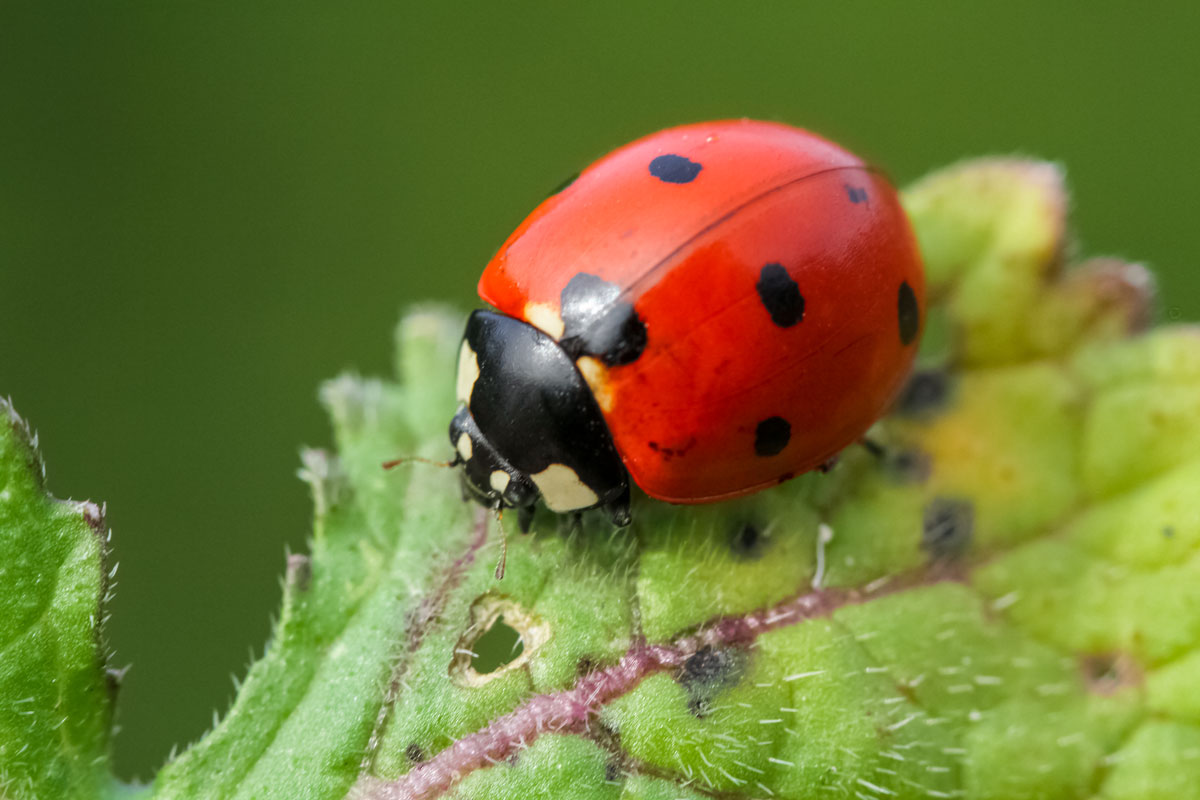
Ladybugs are frequently seen as beneficial to outdoor habitats. Farmers appreciate these big colonies because they help counteract the aphid population, which harms the crops.
Ladybugs may deposit their eggs close to the aphid larvae, allowing young ladybugs to eat as soon as they hatch, further reducing aphid populations in a flower or vegetable garden.
It's vital to remember that there are thousands of different species of this insect, and some are more beneficial to your plants than others.
Some insects that resemble ladybugs, such as the Mexican bean beetle, will eat your plants instead of the destructive pests. You might have a Japanese beetle problem if you see a non-spotted red beetle devouring all the leaves in your garden.
Ladybugs Are Sometimes Uncooperative Housemates
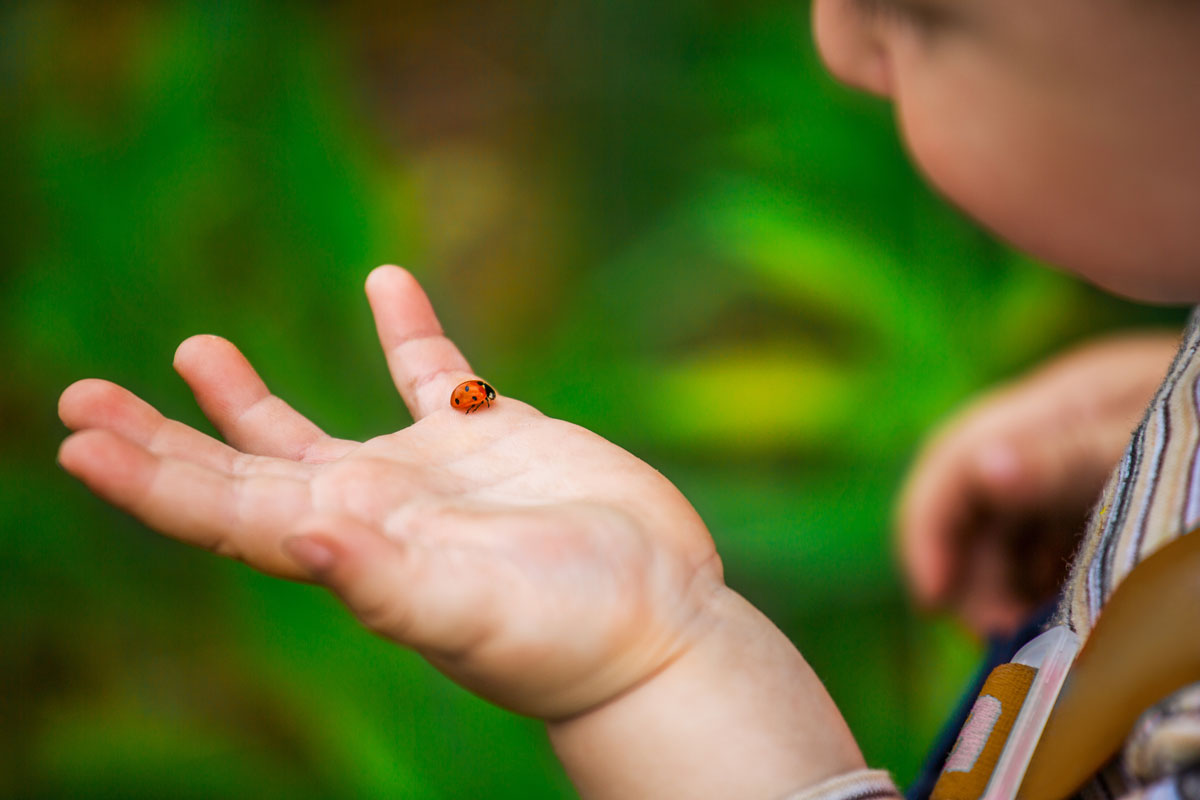
Ladybugs rarely bite people, but they may lightly bite or pinch if they feel threatened. A rash, sneezing, welts, or itching eyes are common allergic responses to these minor attacks.
Ladybugs can produce up to 1,000 eggs in their lifespan, causing it effortless for them to establish themselves in your home. Fortunately, unlike other critters, they do not harm your home's wood or fabric.
Ladybug Life Expectancy
Ladybugs have a one-year lifespan, making it difficult to track down when the season begins. If they are not contained during this period, they will lay thousands of eggs and reproduce rapidly.
How To Get Rid Of Ladybugs
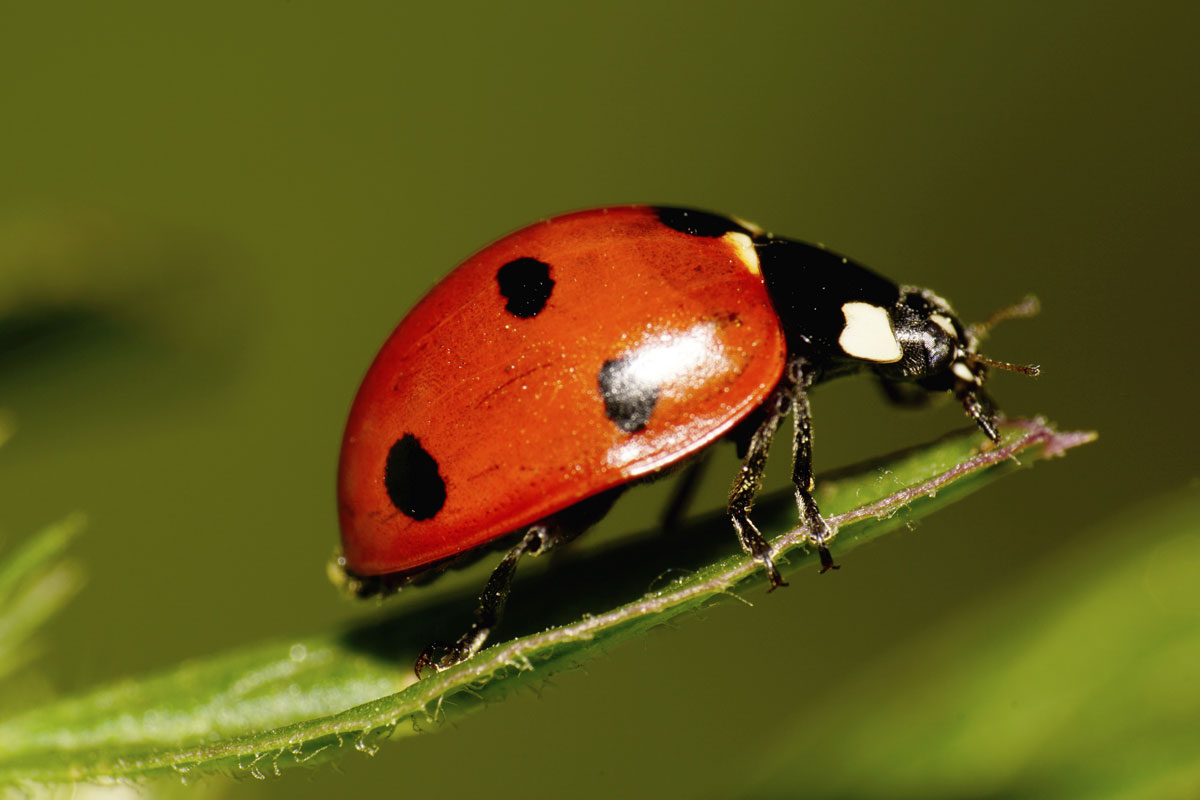
Though these pests may not pose a significant threat to your home's health or construction, you should try to keep them away in the long run.
Even if a colony is forming or has formed, there are three methods to eliminate ladybugs: prevention, eradication, or relocation. Here are some of the best strategies to get ahead of a ladybug infestation or prepare for one.
1. Vacuuming and Sweeping
Gathering ladybugs with a dustpan or vacuum is one of the simplest ways to eradicate a colony, as simple as it may sound. Vacuum a vast cluster of ladybugs, for example, and instantly unload the vacuum bag outside.
If the infestation has not become too great, physically relocating the settlement will deter more ladybugs from joining.
After removing the ladybugs, clean the area using soap to remove any chemical tracks that may have been left behind to attract other bugs.
2. Dish Soap
Dish soap is a simple technique to eliminate a wide range of little pests in your home if the ladybug infestation has grown out of hand and it is too tough to resettle their settlement simply.
Spray the settlement with soapy water or place a soapy water bowl near a light source where they congregate. The soap's consistency prevents the ladybugs from escaping the mixture.
3. Duct Tape
You can lift ladybugs that are difficult to reach with duct tape enveloped around a broom handle. It lets you migrate the colony safely outside. Additionally, you can also use duct tape as a simple trap, like how you would use a sticky trap.
4. Diatomaceous Earth
Diatomaceous Earth is a convenient approach to get rid of bugs in your house. You can usually find the white powder online or at your local home and garden store. To dissuade and remove new infestations, sprinkle the diatomaceous earth powder around the ladybugs' colony or near common access points.
Check out this diatomaceous earth on Amazon.
5. Trap Light
Make a ladybug-friendly light trap with common household materials. To make a funnel, cut a plastic soda bottle and insert the top half into the bottom. Plug the funnel with a LED light, leaving enough space for the ladybugs to enter the bottle at the bottom.
The beetles will fly to the light, but they will become trapped in your trap. Ensure to dispose of the trap outside immediately.
6. Plant Mums
Fill your yard, home, and porches with mums in the fall, a plant that ladybugs despise. Ladybugs will be looking for a place to remain for the winter, and the smell of the mums will surely keep them away.
7. Essential Oils
You can deter ladybugs from invading or entering your home by using various herbs and essential oils. If these goods are in an easily accessible position, be sure they are safe for pets and children.
Dilute a few drops of essential oil in a spritzer bottle or carrier oil and apply to the places where the pests cluster.
- Lavender essential oil
- Citronella
- Essential oils of lemon and orange
- Cloves or clove essential oil
- Bay leaves
8. Repellents And Chemical Traps
You may also buy ladybug exterminators or repellents online. Most sprays prevent ladybugs from congregating and get rid of the bugs that come directly to the dried spray.
Check out this bug control liquid spray on Amazon.
Wrap It All Up
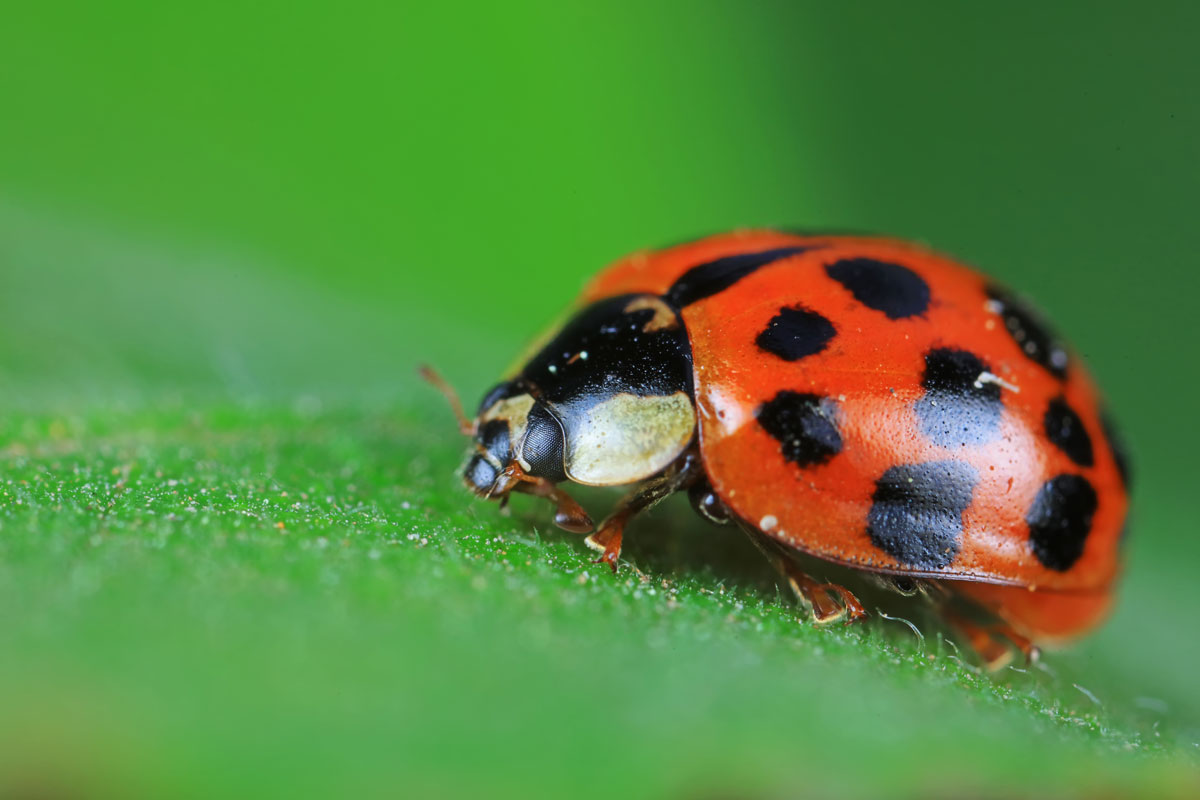
Pest control is best left to the experts, primarily if you are unsure how bad your infestation is. Ladybugs can hide in cracks, gaps, and other small spots that are difficult to detect on your own.
Additionally, following the guidelines we mentioned above would be best to prevent these stubborn ladybugs from returning and invading your home.
We hope you find this post helpful. If you want more of our help and read further, you can check these posts out!
Do Bonide Systemic Granules Kill Spider Mites?



